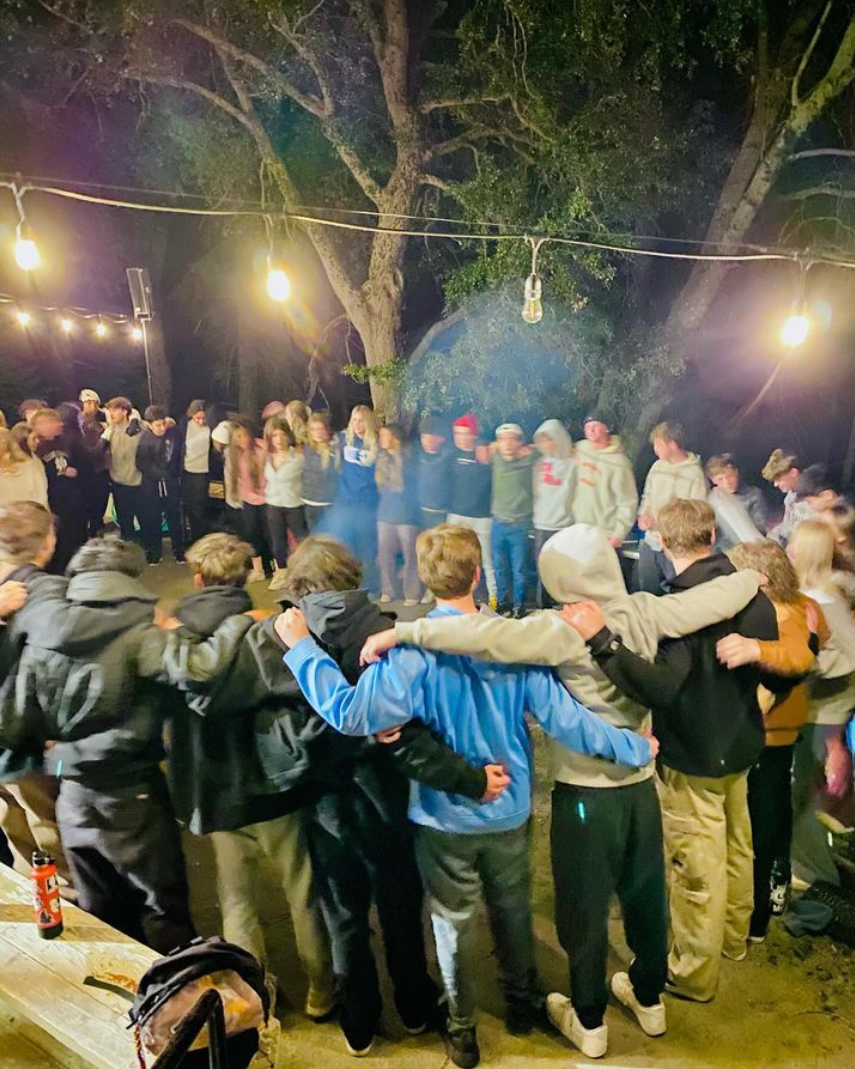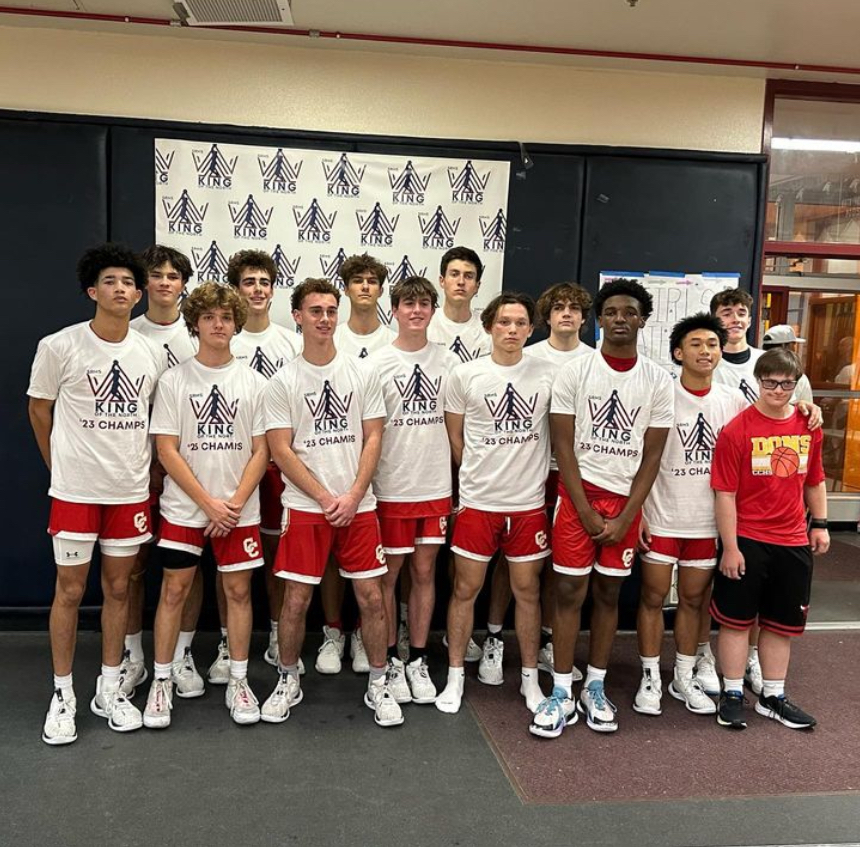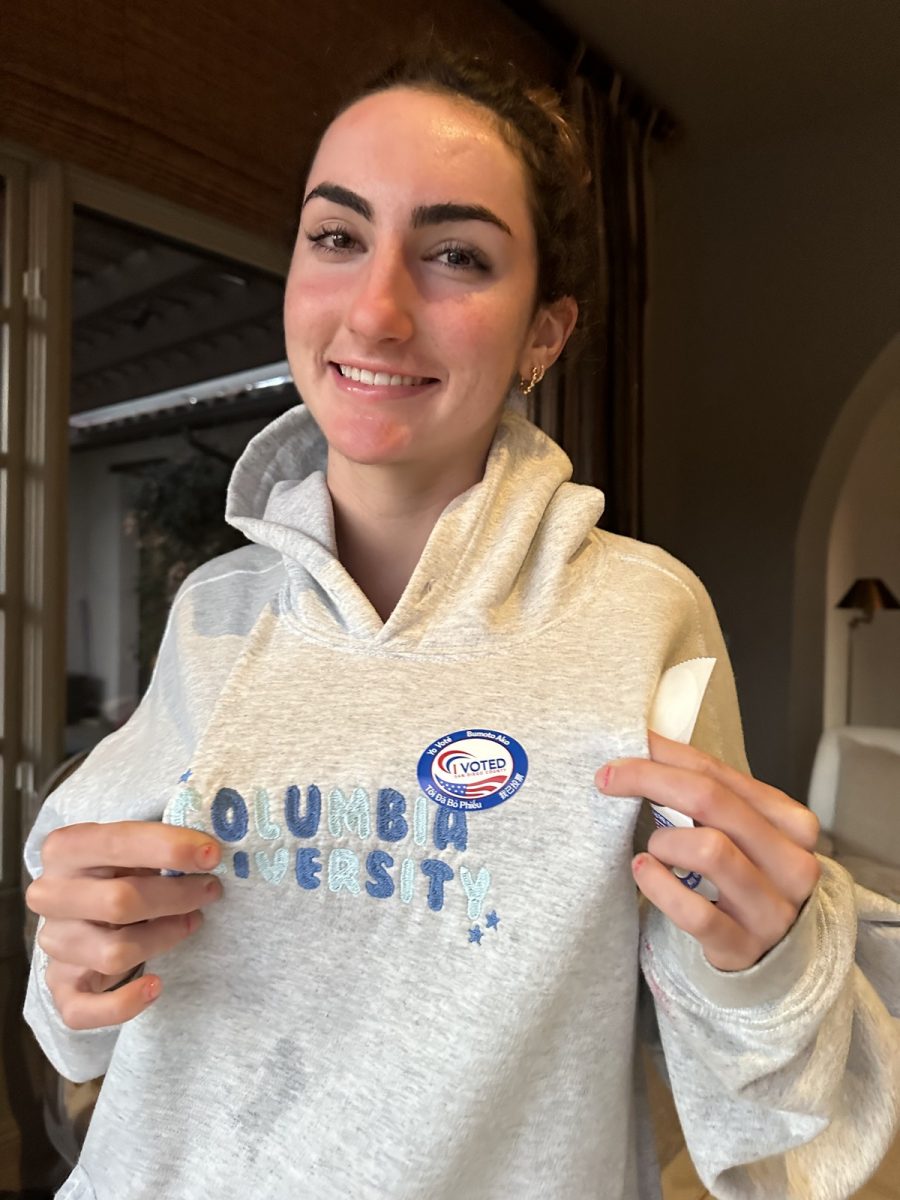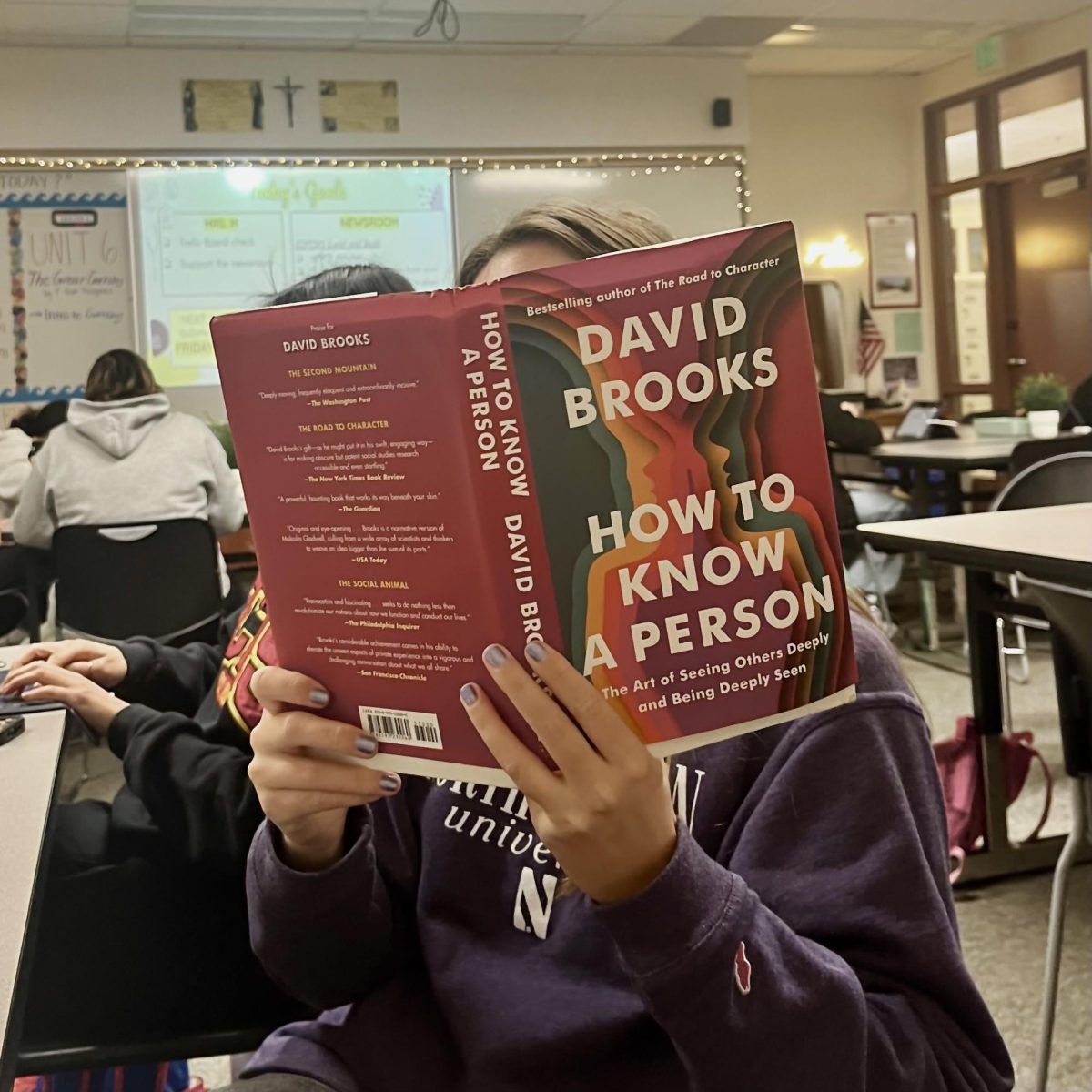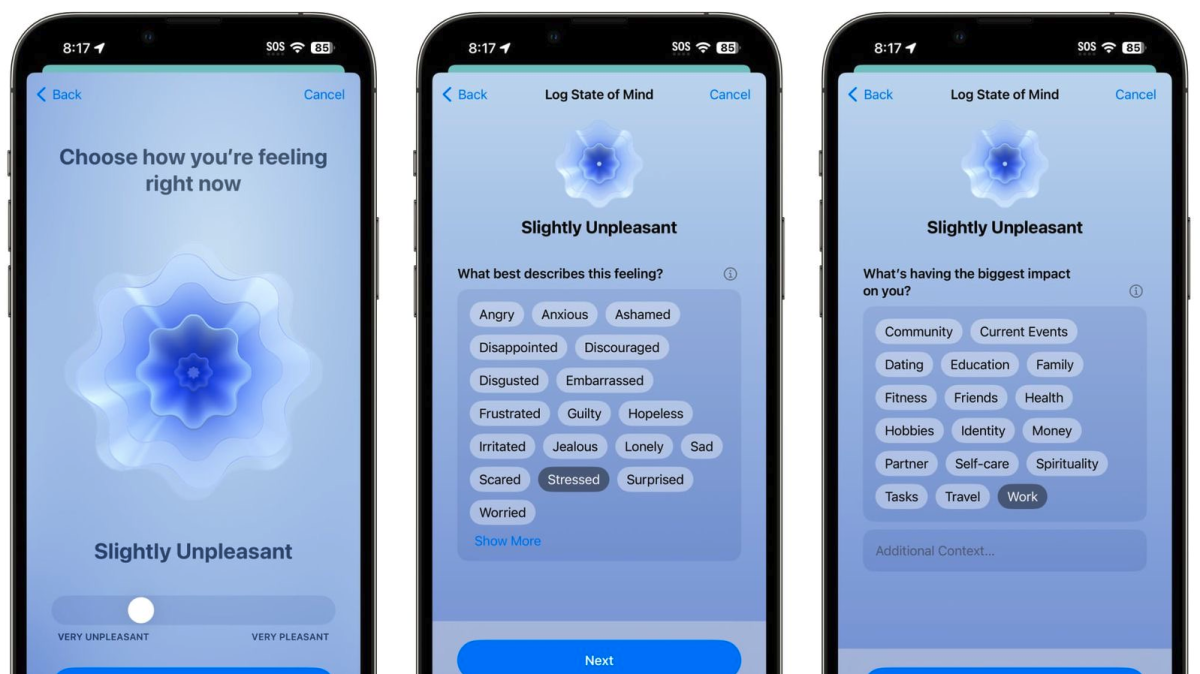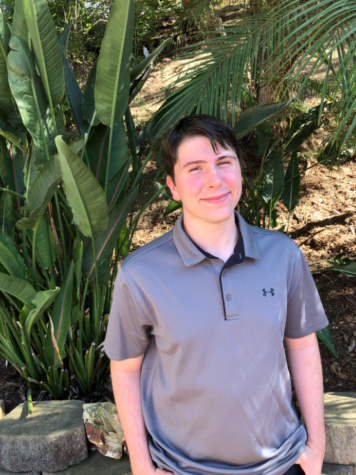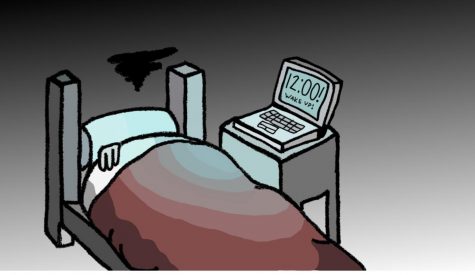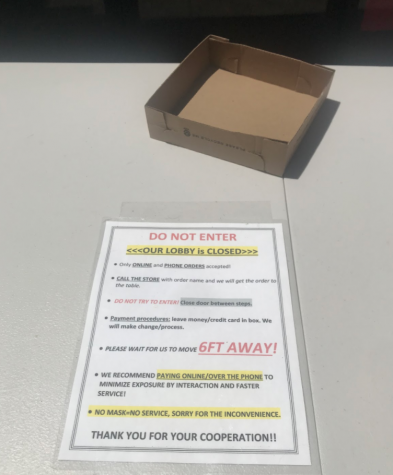CCHS copes with coronavirus
The coronavirus continues to spread across the globe, and has reached San Diego, Calif.. Quarantines at military bases, such as Marine Corps Air Station Miramar, seek to contain the virus and prevent its spread throughout the country.
February 25, 2020
When Cathedral Catholic High School student Daisy Hu ‘20 returned to the United States after visiting family in China, she was shocked to discover the violent virus sweeping her family’s home. Once the magnitude of the virus became clear, Hu grew more worried about the disease and its effect on her family.
“It is just a huge mental strain on me to see that the number of people who get infected by the coronavirus increases day by day,” Hu said. “My friends are still in China, so I am just super worried. I’m super sad and angry seeing the news in Chinese social media about the virus. I’m also worrying about some of my family who are not paying attention to the virus and are still going out even after the outbreak.”
In light of the epidemic of coronavirus, or COVID-19, a disease originating from the city of Wuhan in the Hubei province of China, which has quickly become global, people across the world and United States are wary of the virus and its contagiousness. California harbors 15 of the 35 COVID-19 cases in the U.S., causing concern for many CCHS students.
While the proximity of the virus worries the general student body, the virus particularly affects students with family in China, especially those students with family inside the quarantine zones. The incomplete reporting yet assumed rapid growth and spread of the virus has cast a fog of uncertainty over the outbreak.
Hu’s worries about COVID-19 are echoed by students with family who visited China recently.
CCHS student RiAnna Wright ‘20 has dealt with stress from coronavirus and its impact on her family.
“Just a few days before the virus was reported to have broken out, my parents traveled to Cambodia through Hong Kong, and then they went to Vietnam,” Wright said. “In order to return home, they needed to travel back through the Hong Kong airport before Hong Kong cut off flights in and out of China, so people who possibly had the coronavirus were able to go through.
“It was really nerve wracking because they weren’t sure if they were going to be able to return home, be quarantined, or if they were going to contract the virus from someone else in the airport.”
COVID-19 has spread fear and worry in the hearts of people with loved ones near the outbreak, leaving many people left wondering what the actual danger the virus poses to the world.
“There are more than 600 people still under quarantine in the United States because of their recent return from the epicenter of this outbreak in China,” Dr. Nancy Messonnier, Director of the National Center for Immunization and Respiratory Diseases, said. “In general, our guidance is based on risk assessments and other people or groups may have different risks. Quarantine is an unusual situation for public health responders too. The last time we had to quarantine large groups of people was more than 50 years ago, so while we are doing the best we can, there are going to be bumps along the way.”
Quarantines are a common method for the United States and China in dealing with the COVID-19 outbreak. Entire cities in China, including Wuhan and Zhijiang, have been quarantined, effectively boxing in tens of millions of people, with additional travel restrictions affecting more than 780 million people. In comparison, the U.S. quarantines have been limited to placing citizens returning from overseas on military bases such as Marine Corps Air Station Miramar.
California has become a hub of treatment and containment of COVID-19, the 15 current cases in California with two of those in San Diego are under control, with military and public health officials tackling the virus.
While the threat of COVID-19 is not critical in the United States as of right now, the Center for Disease Control is preparing to spring into action.
“We must prepare for the possibility that at some point we may see sustained community spread in other countries or in the United States. This will require the efforts of all levels of government, the public health system, and our communities as we face this challenge together,” Dr. Messonnier said. “The vice minister of China’s national health commission announced there are more than 1,700 health care workers who are ill with this new virus in China. I’m happy to report that so far no health care workers in the U.S. have become infected in the line of duty.”
Despite the controlled presence of COVID-19 in the United States, the spread of the coronavirus has continued rapidly across the world. In the past week, the number of confirmed global cases has increased from approximately 40,000 to over 80,000, over 11,000 of which are serious, with over 2,500 deaths confirmed due to the virus, leaving the disease with about a 2% mortality rate. There have been approximately 25,500 recoveries from COVID-19. The actual number of deaths and infections could be much higher, however, as the Chinese Communist Party has a record of being tight-fisted with disease statistics to save face.
New infections in Singapore, Iran, and Korea have led the World Health Organization to fear an increasingly rapid spread of the virus as untraceable cases of the virus emerge.
Inovio Pharmaceuticals, a company based in Pennsylvania which researches infectious diseases and cancer, claims to have developed a pre-clinical vaccine for COVID-19 in a San Diego laboratory, and aims to test its vaccine as soon as possible.
Dr. Messonnier added that the CDC is working with labs to help sort through the volume of COVID-19 tests to distinguish them from the flu.
“The CDC has begun working with five public health labs to conduct community-based influenza based surveillance so we can test those with flu-like symptoms for novel coronavirus. Those public health labs are in Los Angeles, San Francisco, Seattle, Chicago and New York City,” Dr. Messonnier said. “As we talk about the potential threat of this new virus, I want to remind everyone of the very real threat of seasonal influenza.”
As the CDC and WHO work to combat COVID-19, people on the ground in areas affected by the coronavirus are working to help themselves.
“Oftentimes I feel like since we live across the country from where it initially began, we tend to joke about it as if it could never affect us, but it absolutely could, “ Wright said. “It’s important to be mindful and cautious to an extent.”
Citizens in China are taking action to help themselves and be prepared to deal with the spread of the virus.
“During the Chinese New Year vacation, the Chinese government is calling people to not go outside of their home as much as possible,” Hu said. “My relatives try to go out only if they need to buy food ingredients. They also wear face masks when they go out. The schools are postponed depending on which districts they reside in.”
Alongside avoiding contact with potentially infected individuals, people in China are also setting up food delivery services to bring supplies safely into quarantined areas. Additionally, some students with family in China are trying to send antiviral face masks to China, although supply has become limited because of high demand. CCHS students have also worked towards highlighting the relevance of the virus and spreading awareness.
While these actions are being taken half a world away in China, the lessons and discoveries they make may become useful should the virus end up spreading more widely in the United States.
Even if the coronavirus seems like a far-off story that will not directly affect CCHS, it is important to consider the likelihood of the virus spreading and to be prepared in case an outbreak occurs in San Diego or the rest of the U.S. Mistakes can be made, quarantines can be breached, so make sure to be prepared and to be informed about COVID-19.
“I actually feel that some people aren’t really paying enough attention to it,” Hu said. “I think that governments and WHO are giving enough attention to it but some students here in Cathedral still think that it’s a joke. I feel kind of sad when people say that it’s just a really bad flu. It’s true that the death rate Chinese government has given us is about 3% or less. However, this number is not accurate at all. Right now the cure rate is about 10 percent.
“The reason that the death rate is so low is that the number of people that are diagnosed are still rising sharply and lots of them are still in hospital. Plus, this number does not even include the people that died before they can get diagnosed.”
